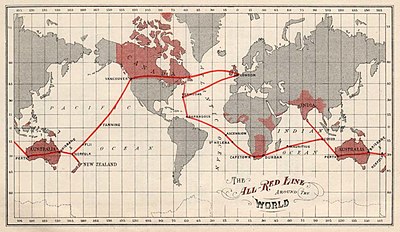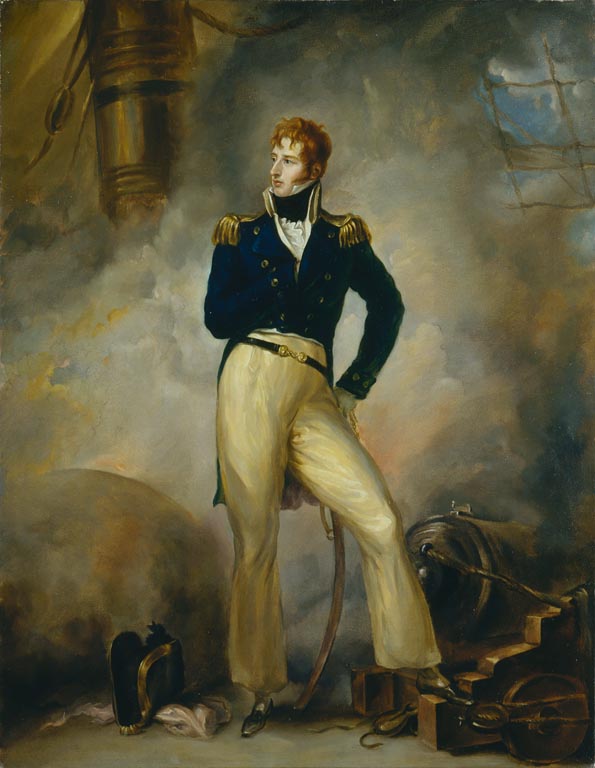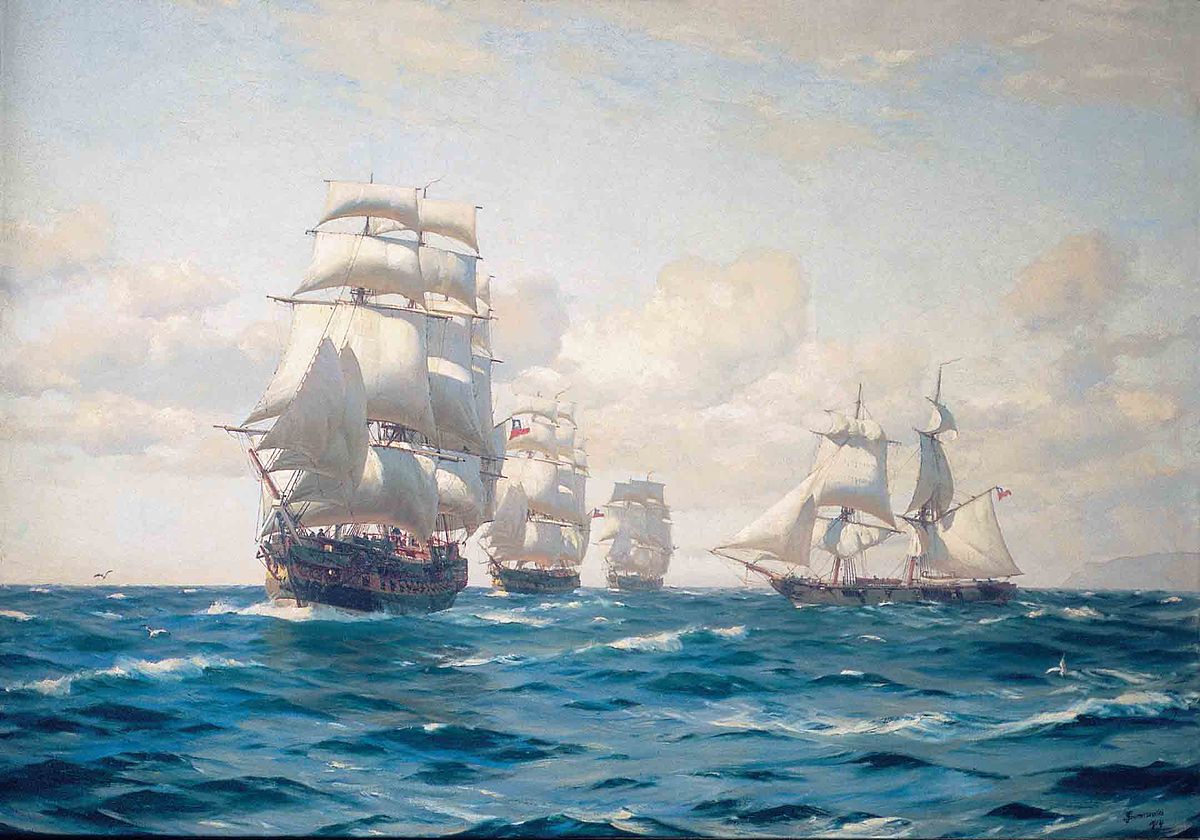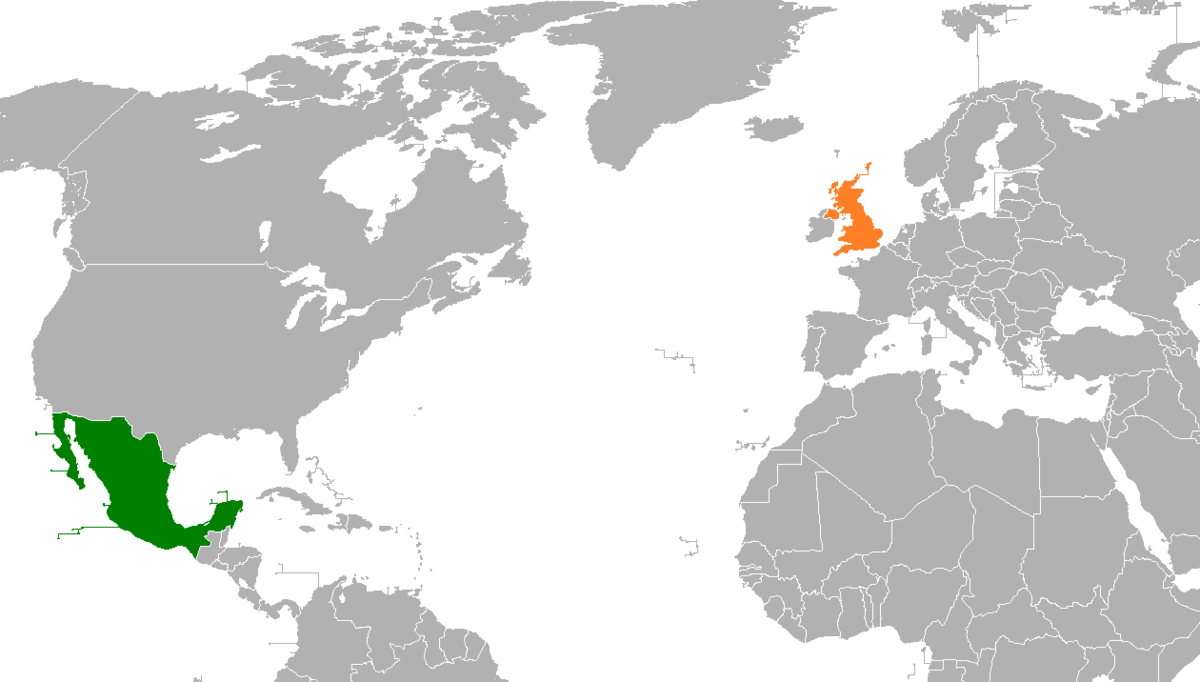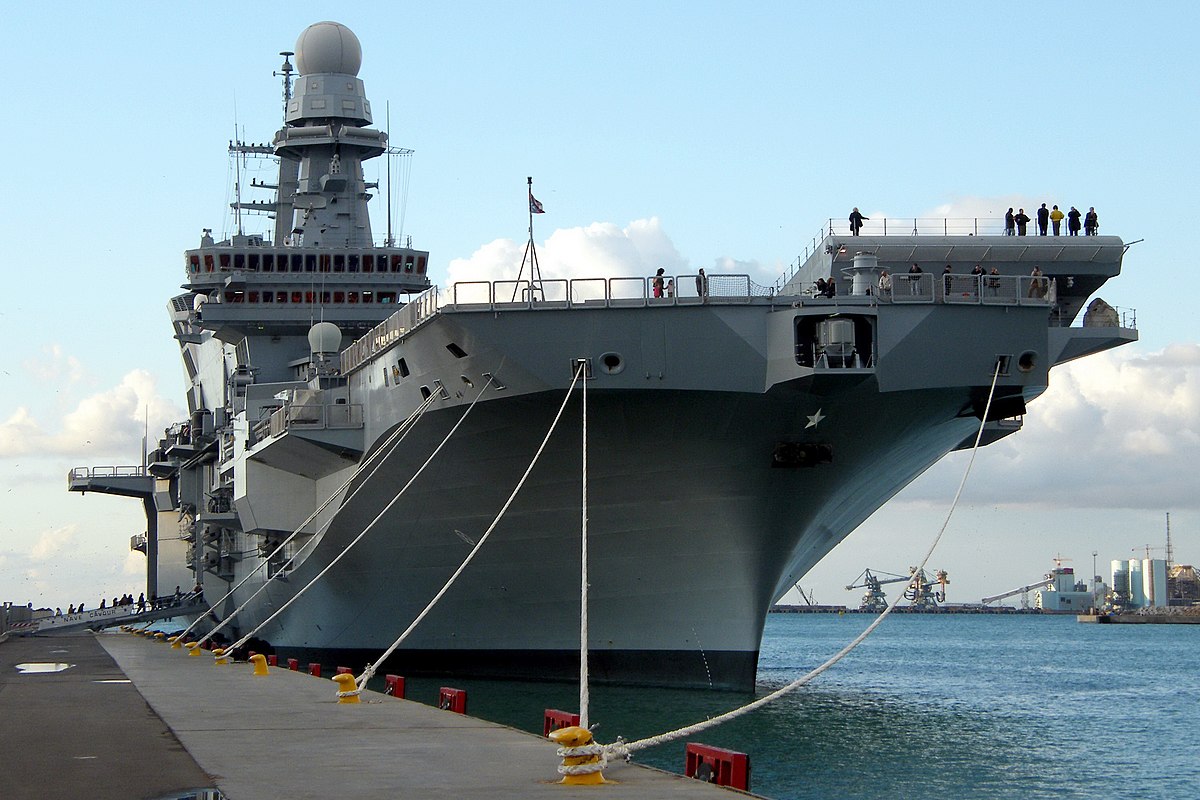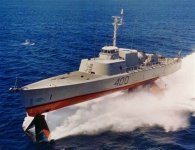- Reaction score
- 8,576
- Points
- 1,160
And in the same vein
2023

 asia.nikkei.com
asia.nikkei.com
1923
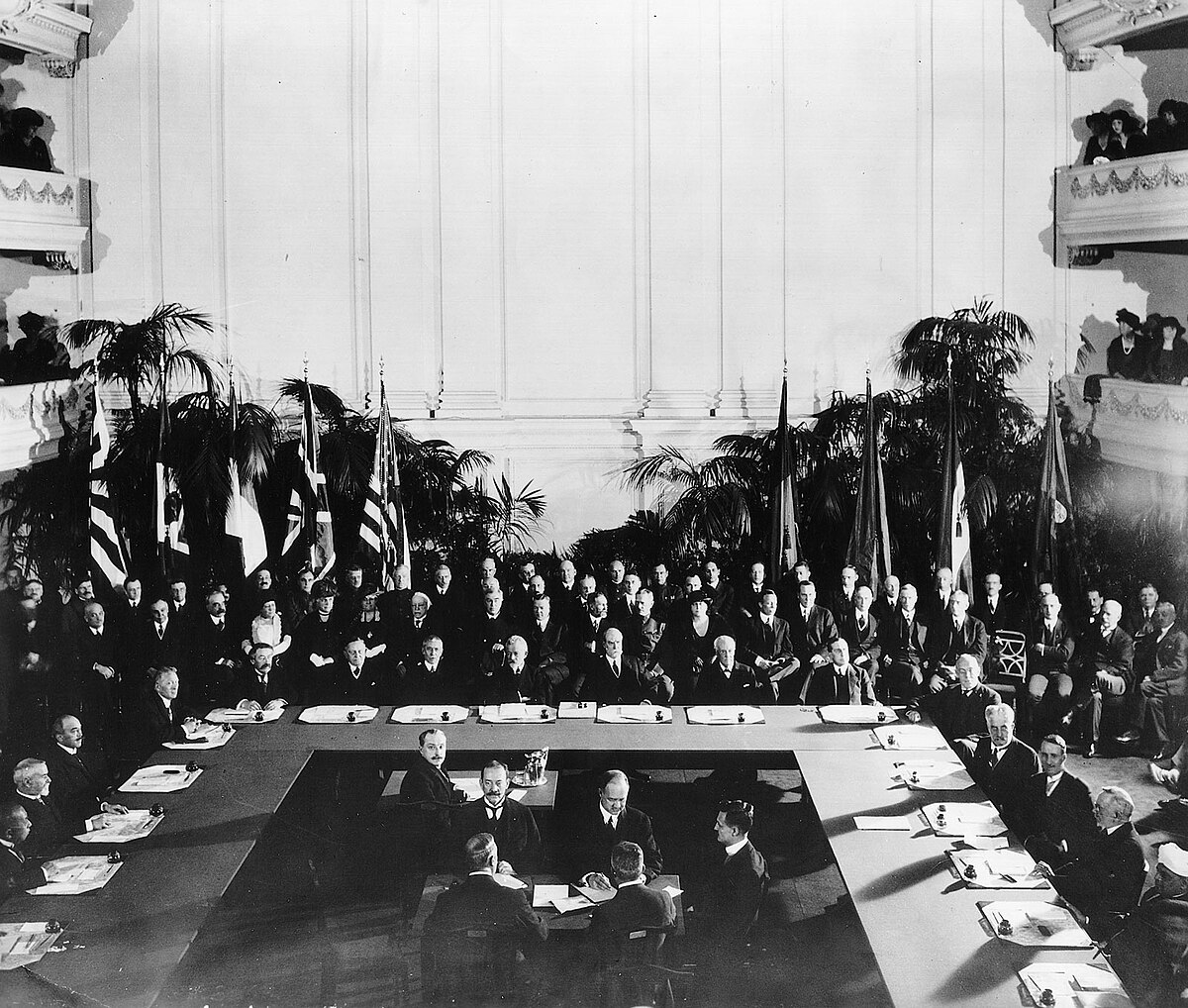
 en.wikipedia.org
en.wikipedia.org
Everything old is new again, right enough.
Even the conniptions had by the yards and the accountants when a battlecruiser was turned into an aircraft carrier even as the hull was being built.
Can your modern modular construction let you do that?
2023

U.K. cements defense ties with Japan by signing Hiroshima Accord
Carrier deployment, expanding drills and chip collaboration highlight new pact
1923

Washington Naval Treaty - Wikipedia
The treaty was concluded on February 6, 1922. Ratifications of that treaty were exchanged in Washington on August 17, 1923, and it was registered in the League of Nations Treaty Series on April 16, 1924.[1]
The proposals for capital ships were largely accepted by the British delegation. However, they were controversial with the British public. Britain could no longer have adequate fleets in the North Sea, the Mediterranean and the Far East simultaneously, which provoked outrage from parts of the Royal Navy.[citation needed]
Nevertheless, there was huge demand for the British to agree to the limits and reductions: the risk of war with the Americans was increasingly regarded as merely theoretical as there were very few policy differences between the two Anglophone powers; continued naval spending was unpopular in Britain throughout the empire; and Britain was implementing major budget reductions due to the post–World War I recession.[10]
The Japanese delegation was divided. Japanese naval doctrine required the maintenance of a fleet 70% the size of that of the United States, which was felt to be the minimum necessary to defeat the Americans in any subsequent war. The Japanese envisaged two separate engagements, first with the U.S. Pacific Fleet and then with the U.S. Atlantic Fleet. It calculated that a 7:5 ratio in the first battle would produce enough of a margin of victory to be able to win the subsequent engagement and so a 3:5 ratio was unacceptable because a 3:5 total fleet size ratio would imply a 6:5 ratio in the first battle. Nevertheless, the director of the delegation, Katō Tomosaburō, preferred to accept the latter to the prospect of an arms race with the United States, as the relative industrial strength of the two nations would cause Japan to lose such an arms race and possibly suffer an economic crisis. At the beginning of the negotiations, the Japanese had only 55% of the capital ships and 18% of the GDP of the Americans.[citation needed]
His opinion was opposed strongly by Katō Kanji, the president of the Naval Staff College, who acted as his chief naval aide at the delegation and represented the influential "big navy" opinion that Japan had to prepare as thoroughly as possible for an inevitable conflict against the United States, which could build indefinitely more warships because of its huge industrial power.[citation needed]
Katō Tomosaburō was finally able to persuade the Japanese high command to accept the Hughes proposals, but the treaty was for years a source of controversy in the navy.[11]
Everything old is new again, right enough.
Even the conniptions had by the yards and the accountants when a battlecruiser was turned into an aircraft carrier even as the hull was being built.

Akagi (Japanese ship originally planned as a battlecruiser but converted during construction to an aircraft carrier) in April 1925.
Can your modern modular construction let you do that?




